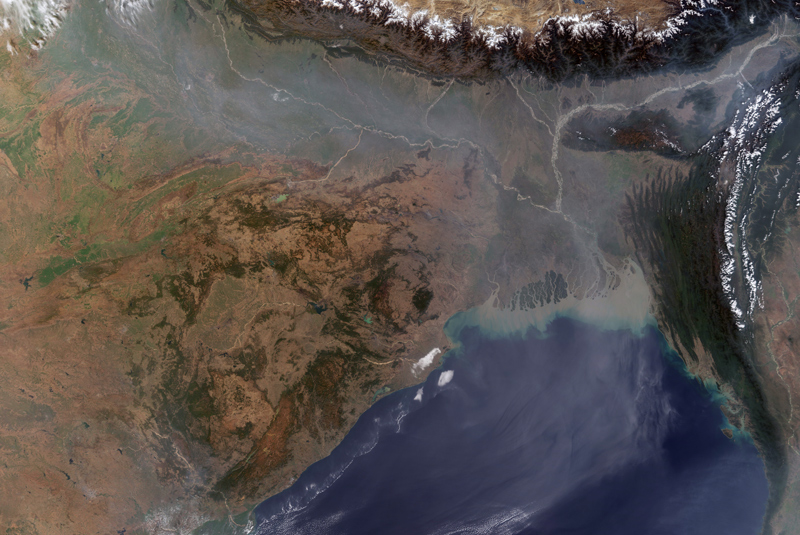If you were viewing the Indian subcontinent from space, you’d notice a striking change in the image in the month of October. It’s when farmers burn up to 35 million tons of crops in Haryana and Punjab, creating a haze of smoke that – when combined with the effect of Diwali crackers – turns the air in the national capital into the most toxic it’s ever been. The view from Delhi would present the usual picture of smog-covered streets.
The view from space reveals a much larger canvas – much of Asia is blanketed by a thick cloud of smoke on an annual basis. Be it in India, Pakistan, China or the countries of South East Asia – we emit so much particulate matter into the air that a giant cloud of it forms for several months each year.
Known as the Asian Brown Cloud or Atmospheric Brown Cloud (ABC), it is a local effect of air pollution – with global consequences. ABC hotspots have been identified in East Asia, the Indo-Gangetic plains, Southeast Asia, Southern Afric and the Amazon basin.
Copyright©Madras Courier, All Rights Reserved. You may share using our article tools. Please don't cut articles from madrascourier.com and redistribute by email, post to the web, mobile phone or social media.Please send in your feed back and comments to [email protected]











